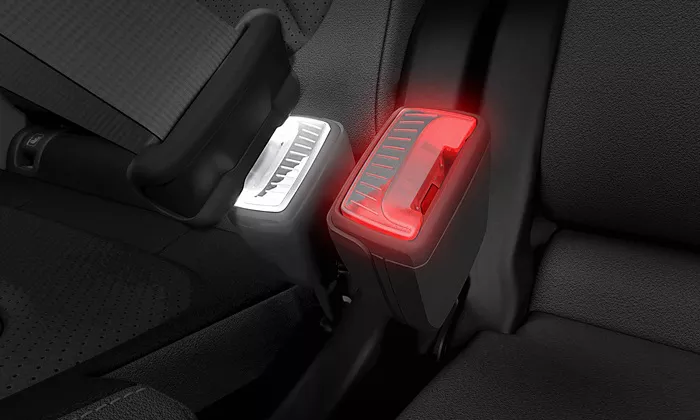Volvo, a pioneer in seatbelt safety, is introducing a new smart seatbelt that automatically adjusts tension for better protection during accidents. The company’s connection to seatbelt innovation dates back to the late 1950s, when Swedish engineer Nils Bohlin, working for Volvo, developed the three-point harness still widely used today.
The new smart seatbelt will debut on Volvo’s upcoming EX60 model, a smaller sibling to the EX90. This belt uses data from multiple sensors, cameras, and onboard computers to deliver the ideal tension based on the situation and the occupant wearing it.
Unlike traditional seatbelts, which typically have three tension settings, Volvo’s latest design offers 11 different profiles. These profiles adjust in real time using information such as the occupant’s height, weight, and seating position, along with details about the crash’s severity.
Sensors inside the vehicle measure the occupant’s physical characteristics, while external sensors assess the crash itself. This data is quickly processed to apply the appropriate belt tension almost instantly.
For example, in a severe crash, a larger occupant will experience a tighter belt load for maximum protection. Meanwhile, a smaller occupant involved in a less serious crash will have a gentler belt tension to reduce injuries often caused by standard seatbelts.
Volvo bases these safety improvements on decades of research involving about 80,000 real-world accidents. The company has a dedicated Accident Research Team that is allowed to investigate accidents near its headquarters in Gothenburg, Sweden.
The smart seatbelt system will improve over time through over-the-air software updates, as it collects more data on different occupants, crash scenarios, and effective safety responses.
With this technology, Volvo aims to offer smarter, more personalized safety for drivers and passengers.

